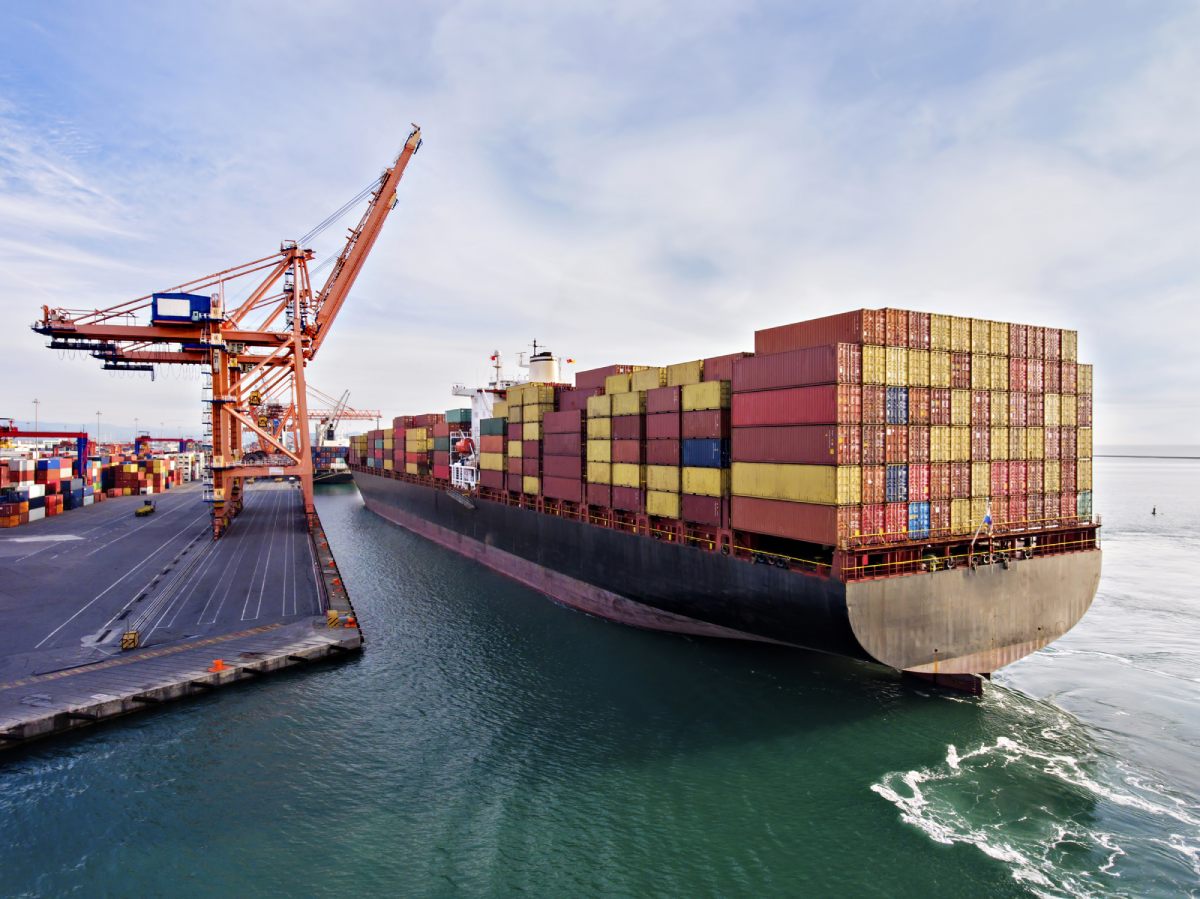Last month a cargo vessel the size of a skyscraper was successfully refloated after being stuck in the middle of the Suez Canal for six days. With that, one of the busiest shipping lanes on the planet was finally clear once more, and nearly $10B of trade per day could proceed through the 120-mile waterway. One can imagine an increase in local area windspeed with the collective exhaling of breath by millions of supply chain professionals as they all simultaneously sighed with relief. The Ever Given, the aquatic butt of the world’s meme industry, was finally able to barge its way off stage and we’re left to wonder, “what happened?” and, “what might have been?”
Having captured the world’s attention without any loss of life, this episode was a welcome relief from so much going on. However, the episode highlighted the complexity of the worlds shipping industry and global supply chains in a way that the global pandemic, the impact of which is far greater, failed to do. The loss of ready access to ports, and containers and material has been compounded by consumption shifting wildly from service-based experiences, like dining out and going to the movies, to tangible goods, leading to record amounts of purchases of imported clothing, computers, furniture, and other goods. According to the Freightos Baltic Index, a daily global container freight index, the cost of shipping a container of goods has risen by 80% since November of last year.
If you want a new laptop for your (hoped for) final months of working from home, you better be prepared to wait. The supply chain disruption in this case is the result of a current shortage of silicon chips due to pandemic work stoppages, increased demand, broken transportation logistics, and even a drought in Taiwan. A manufacturing decline and a demand boom – tech sales are up 17% over the last year according to NPD Group—has resulted in significant delivery delays.
Being effective in coordinating complex situations, allows you to be more flexible when working towards positive outcomes.
The world is complex and becoming more so. Those companies that know how to respond to complexity, especially when complexity causes things to get stuck, are the ones who will continue to grow and thrive. That response to complexity is dependent on some deceptively simple behaviors. They are effective cooperation and communication, which emphasizes logical protocols. Being effective in coordinating complex situations, allows you be more flexible when working towards positive outcomes.
For those organizations facing the challenges of fractured supply chains and unreliable material supply, being able to triage the circumstances, communicating clear priorities effectively to all, and driving robust decisions around alternatives is key. It’s not just the supply where complexity is rampant. The rapid introduction of digital technology as companies seek to automate where they can, and streamline where they must, is also introducing execution havoc. Their people are suffering for it.
The good news is that we at Kepner-Tregoe have been helping clients for the better part of six and half decades tackle their most complex issues, not by offering easy solutions but by helping them transform the way their people operate. We help our clients establish an operating framework that helps them tackle the rising complexity. By having a shared language for getting to the heart of the root cause of the most complex of issues, our clients know that they have equipped their people to bring order to the chaos.
Rather than being distracted by things over which they had no control, they took charge of their own house and put it in order.
Through the application of only one of our core methods, Situation Appraisal, I have seen an executive team establish a guiding set of priorities, identify analytic approaches, establish actions, plans, and deadlines, on all their mission critical issues in the space of a single day. Previously they had been struggling to take meaningful action because they were being overwhelmed by what their competitor was doing in the marketplace. Rather than being distracted by things over which they had no control, they took charge of their own house and put it in order. Their shared experience and newly formed understanding of Situation Appraisal helped them be clear about what was, and was not, important, and to communicate effectively among themselves about what they would do to commit to action.
In the absence of a clear and commonly shared language for resolving issues many businesses get stuck. They end up with a priority backlog and no effective means of managing their way through, except by sheer force of will. They work hard over longer hours and often feel like they have little to show for their extraordinary efforts. It doesn’t have to be that way.









